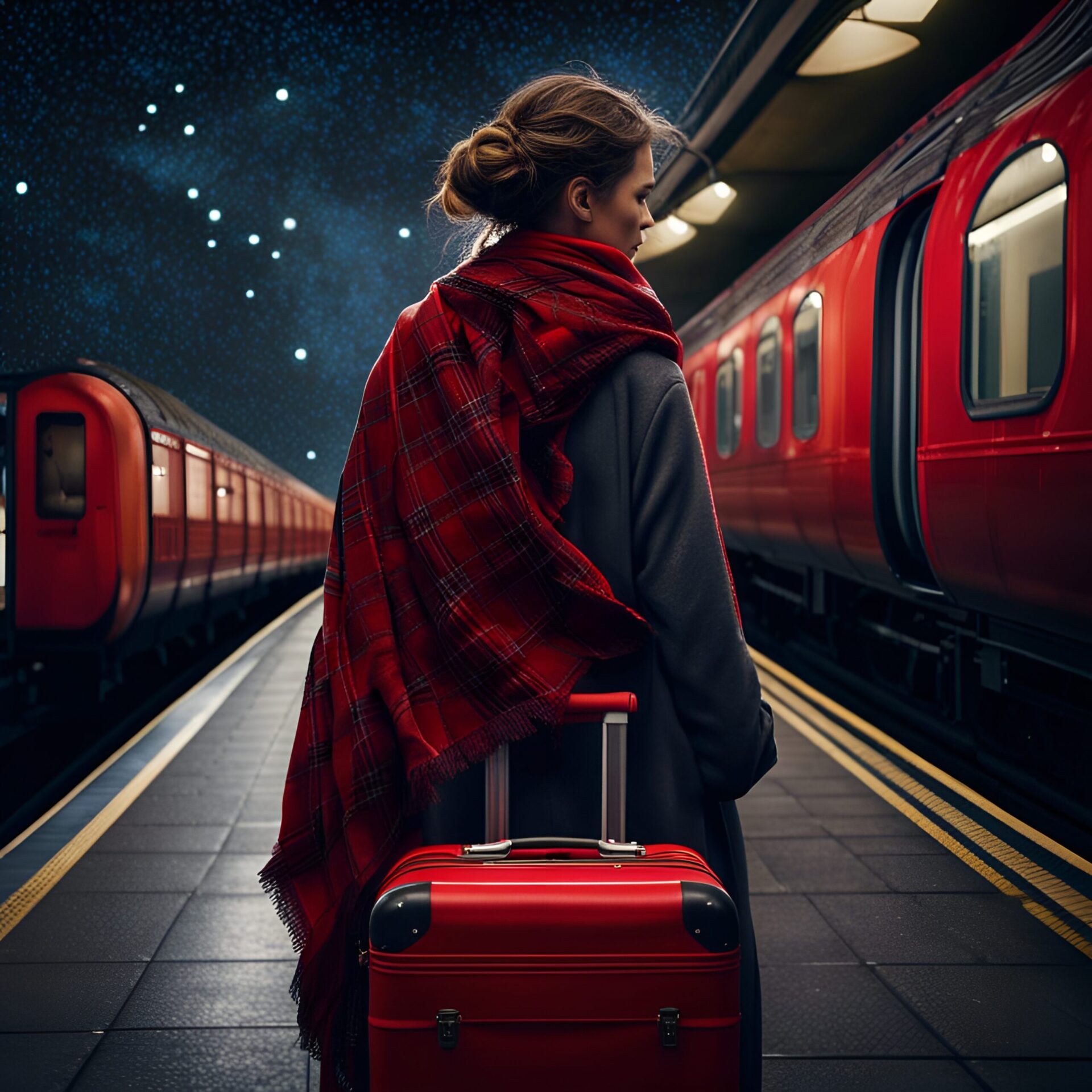I was born and raised in Kodiak. For those who aren’t familiar, it is an island in the gulf of Alaska, 100 miles long by 10 miles to 60 miles wide. A large percentage of the island is wilderness and includes 7 major rivers. Another 100 smaller streams cross deep valleys or fall from mountains that reach up to 5,000 feet in elevation. It is the habitat for 6 salmon species and over 250 species of birds. Other native animals include the famous Kodiak brown bear, red foxes, river otters and small brown bats.
Anchorage, the nearest city, is about an hour by plane. By boat, the next port is Homer, which takes at least 10 hours to reach, but only if the weather is good.
Kodiak is remote. And in my youth, all I wanted to do was escape from it, especially during my teenage years when it felt like the entire world was happening and I was not. I felt I was far away from everything cool. I was thousands of miles away from rock concerts, fashionable clothes, newly released movies, trendy haircuts, and the glory of roads that didn’t end at the base of a mountain or on a beach looking out across the Pacific.
During the winters, it was dark, cold, and wet. I huddled near the wood-burning stove at night, reading a book and listening to the wind gusts ripping down the mountain and shaking the roof tiles loose. During summers, my friends and I would collect driftwood at night and use it to build huge bonfires on the beaches of Monashka Bay or Pasagshak. All the while, I was anticipating an opportunity to leave.
My parents expected I would go when my chance came. I remember having coffee on the front porch with my father when he told me I should go if I felt there was nothing for me on the island. So, I left on a frosty October morning. All my belongings were secured to the top of an old Ford Bronco, and I left after saying goodbye to my parents. I drove up an old ferry ramp and took a seat in the galley aboard the MV Tustumena. During the long windy night (much of it spent vomiting while hanging on to a rope tied above a toilet), the boat rose and fell with each wave until it reached the mainland. By 6 a.m., I was on a frosty gravel road that stretched for 2,480 miles through Alaska and Canada, en route to Seattle.
The world was at my feet.
Since that day, although I have returned to the island many times, I never made it home again. The place that once existed, the community that built the woman I have become, is no longer there. Kodiak has changed, and I did not change with it.
I am settled in Europe now and a few days ago, my mother sent me some snapshots taken from a drone. Vivid images showed my hometown’s largest annual event, the Kodiak Crab Festival. In a repurposed harbour parking lot, the image showed familiar shacks lined up in rows just the way I remember – a grand, but tiny festival tucked between Marine Way and the St. Paul Harbour. My best childhood memories were made there.
Since leaving Alaska, I have been to many festivals. I have observed everything from the Pulaski Polka Days in Wisconsin to the Mardi Gras in New Orleans, and the Durango Bluegrass Festival in Colorado to the Bundesgartenschau Horticulture Festival in Germany. I have celebrated many things in as many regions, but none compare to the picturesque views of the festivals in Kodiak and the colourful fair rides, sights and sounds cradled between a lush green mountain and the choppy blue-green-grey ocean.
When I moved to the United Kingdom years ago, a companion asked me what I thought when I remembered home. I brushed off the question by asserting, “fish, of course,” but I was not truthful. I miss the fish, but when I think of home, I see the faces of the people I once knew.
I see Mr. and Mrs. Mosley opening their front door when I delivered their newspaper, pulling me inside to warm up on a rainy or snowy day. I sat with them many times drinking hot cocoa and listening as they spoke of their son stationed far away with the military. I see George, my favourite city worker, waving to me from an oil truck on a warm summer’s day as he made his way down the dirt road in front of our house, spraying oil on the dust to keep it down. I see Mr. Springfield in his cardigan sweater, standing behind the counter at Dad’s Ark Jewellery store, telling me it is OK to touch all the lovely pieces of delicate ivory and gold. With excitement, he told me about each treasure in such detail that I understood most of their value was in the story of their craftsmanship. I remember the Blair family, how their house seemed to grow bigger and bigger until nobody thought it could hold any more people or love, and yet it always would with each new addition to their family. I see Mr. Ardinger, the proprietor of the fanciest store in our little town, smiling at me as he rang up my first guitar, a beautiful Fender Del Mar.
After many years of wandering around the world, usually alone, and moving house (40 times, to be exact), I now understand what I could not appreciate when I was younger – the value of community.
The Kodiak of my youth was a network of love. In all the places I have lived, there is none like the fishing community that raised me. Even as I write this, I imagine there are teenagers on the island wishing they could catch the next flight out. Someday, they might. But part of me wants to warn them it will be a one-way ticket; for all the things that once were will fade away after they leave. It will happen gradually; an old building will be torn down, and a new one will go up. A sweet shop will close its doors. A field of wildflowers will be ploughed over. They will be old like me by the time they notice.
I have seen such wondrous things in my travels, but I have encountered them all as an outsider. I am always the stranger in a new place. So often, I have wished I could pack up everything I have seen and bring the bundle back home in some sort of magical suitcase. I would pack up the Silver Swan from the Bowes Museum, the delicate remnants of the oldest road in Rome, the golden yellow fields of blooming Brassica Napus flowers seen through the windows of a train heading north from London. I would bring home the smell of rain in Durango, the sound of birds flying south from the shores of the Great Lakes, and the sunrise view from the Holy Island of Lindisfarne when the sea parts and a land bridge appears.
I would pack up these things, and so much more, and gently push them into a collection of vintage and mismatched steamer trunks. Then I would retrace my steps backwards and rewind time to board that same old ferry for a return trip to the island.
Imagine the surprise on everyone’s face when I set up my spot at the Kodiak Crab Festival. They would see me beaming with joy in a little hut somewhere between the Ferris wheel and the cotton candy stand, a tiny, magical hut that somehow held all the magnificent things I encountered on my travels.


